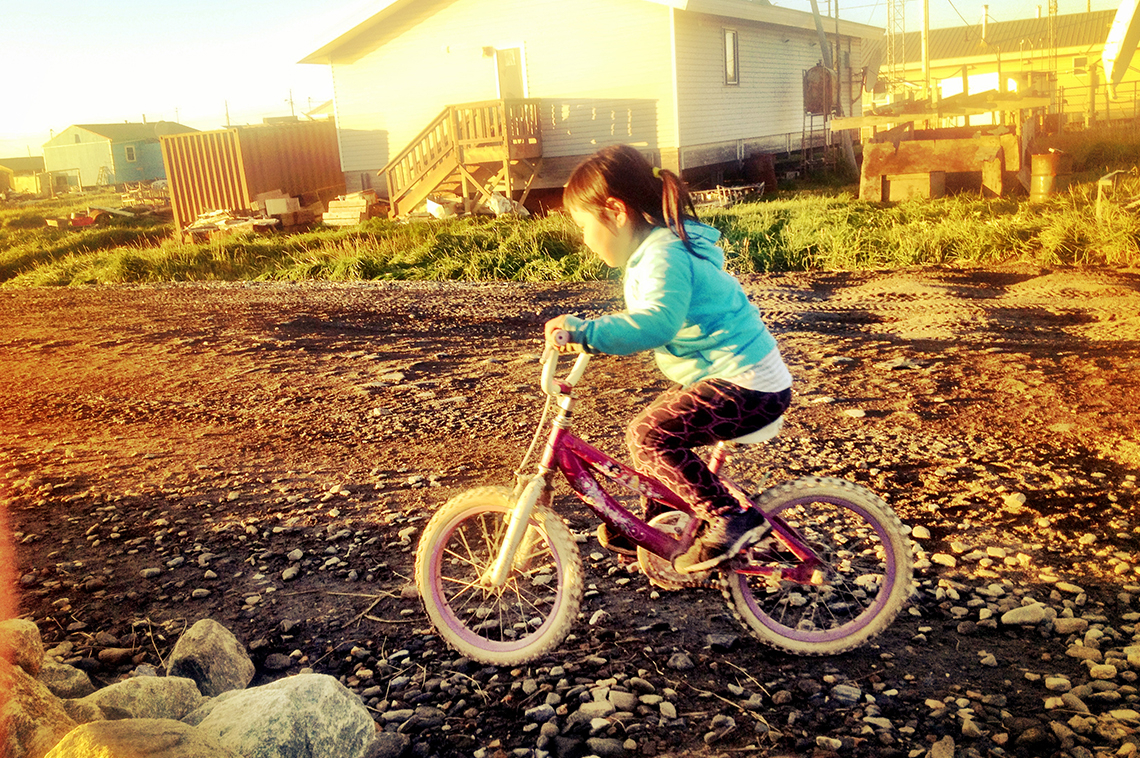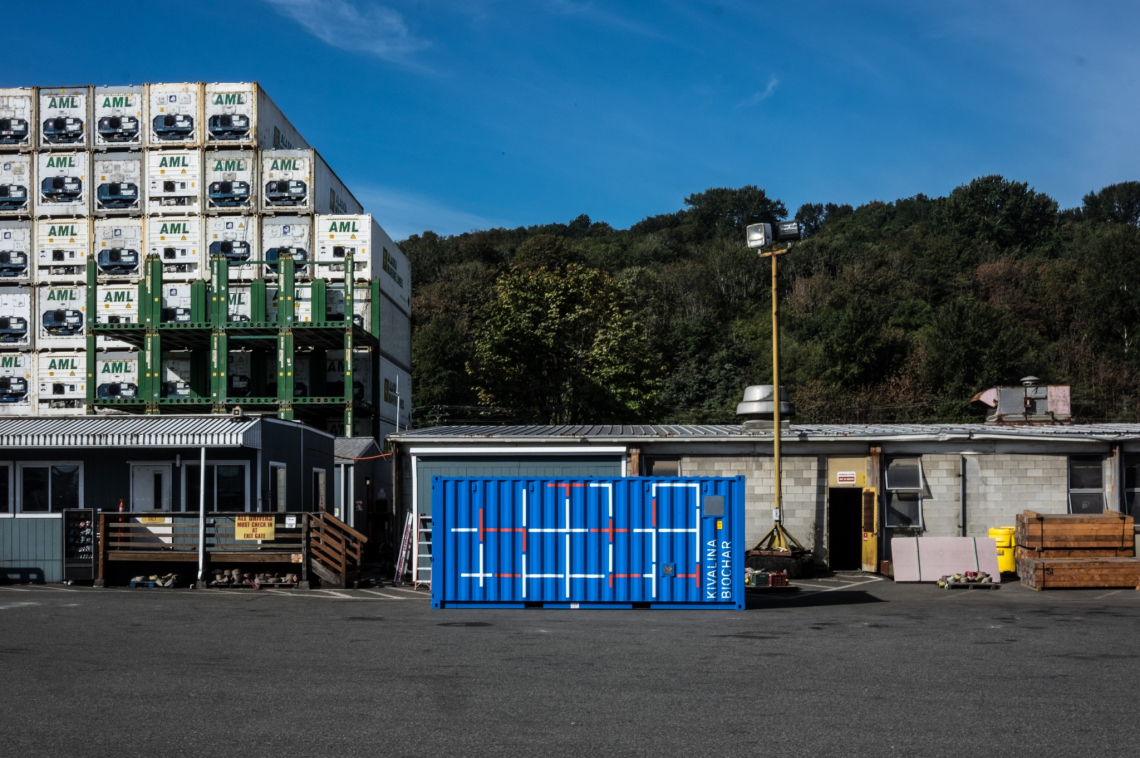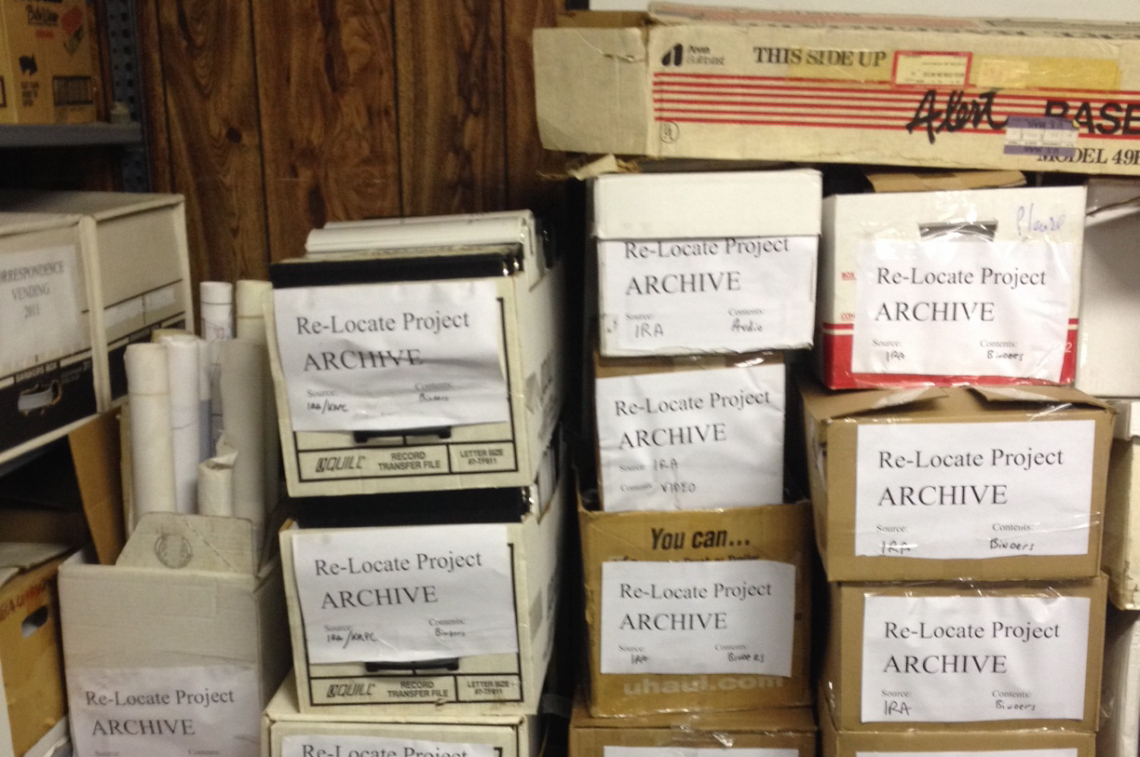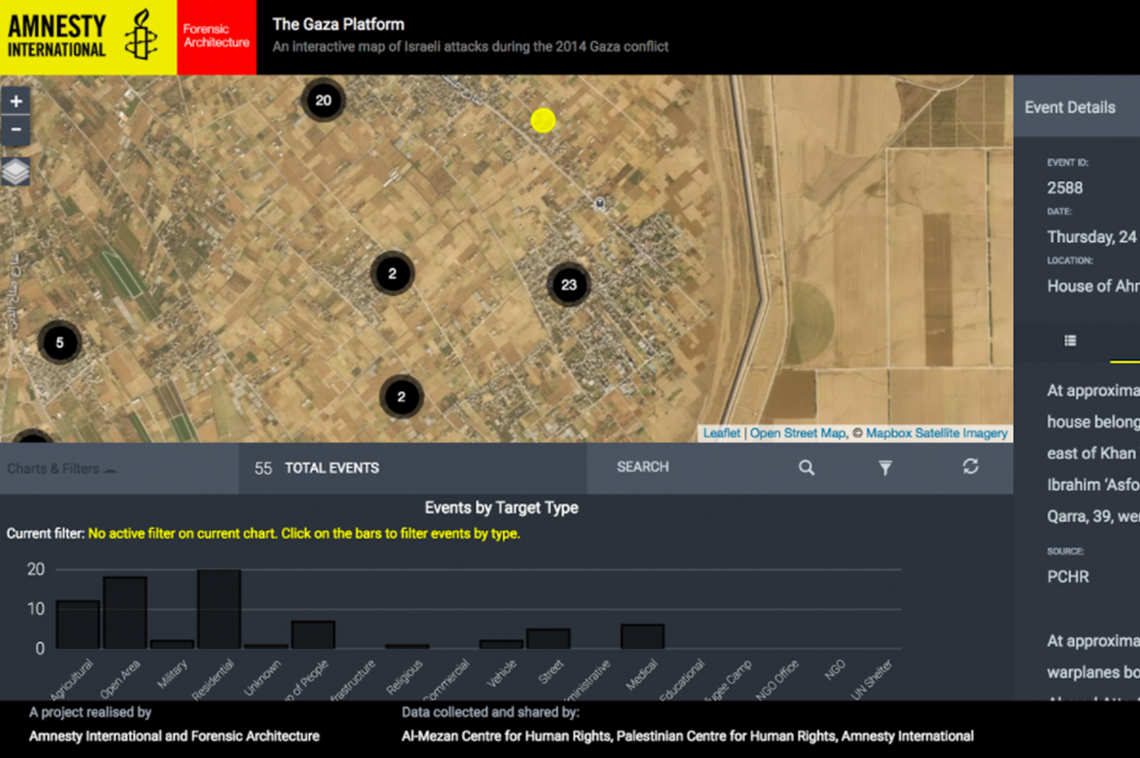



Over one hundred years ago, the Inupiaq whaling community of Kivalina, Alaska, began discussing plans to relocate their village. In 1905, the Kivalliñiġmiut people were forcibly settled into a 27-acre barrier island at the coastal edge of their 2,200-square-mile traditional estate. Soon after Kivalina’s imposed sedentarization, people started discussing relocating to a new site within their territory in anticipation of the barrier island’s inevitable erosion, and to provide more space for homes, access to clean water and sanitation, and economic opportunities for young people. Today, Kivalina’s initial concerns remain unaddressed, only now compounded by the effects of an Arctic that is warming twice as fast as the rest of the world. Erosion of Kivalina’s shoreline is accelerating; the volume, thickness, and extent of sea ice is in record decline; and governments have been unable or unwilling to adequately respond.
Although at least 17 communities in the United States are voluntarily pursuing climate-induced relocation, Re-Locate has intentionally partnered with just one. We believe that long-term and exclusive engagement is essential to the ethical development of the ethnographic works we’re co-creating to support a situational and culture-specific community relocation.
One such work is the Kivalina Archive. The Kivalina Archive is a participatory digital platform developed, with support from an ArtPlace Creative Placemaking grant, by the City of Kivalina, the Native Village of Kivalina, the Kivalina Relocation Planning Committee, Re-Locate, and the Center for Digital Archaeology. The Kivalina Archive preserves, makes searchable, and activates over 100 years of Kivalina’s relocation history. As curators of the archive’s content, the people of Kivalina and their allies directly intervene in and write a lived story of climate-displacement, relocation, and bureaucratic negotiation in the United States. The archive is a space to humanize and question external labels, such as “climate change refugees”; counter misinformation with evidence-supported and community-based research; connect Kivalina’s rich digital heritage with relocation planning; and attract and educate global partners who can assist with local efforts.
Kivalina archivists have collectively saved decades of reports and studies, letters, e-mails, voting records, meeting minutes, video and audio files, and photographs documenting their histories related to relocation and displacement, mining, family, land use, climate change, whaling, food sovereignty, community health, and everyday life—water and sanitation, basketball games, elders teaching youth how to make traditional clothing, village leaders testifying before Congress, and hunters hunting caribou, ugruks (bearded-seal), and wolf.
Design Precedents
The architecture and design of the Kivalina Archive takes precedent from several participatory, archival, and map-based projects developed around the world. We share three of the Kivalina Archive’s most influential precedents—an Inuit land claims report, a conflict map of Gaza, and an indigenous storytelling platform—below.
The Inuit Land Use and Occupancy Project, a report prepared by Canada’s Department of Indian and Northern Affairs and Canadian Jurist Thomas Berger during land claim proceedings, to verify the claim that the Inuit used and occupied an area over 2.8 million square kilometres in the Northwest Territories and northern Yukon. One entire volume of the report was dedicated to maps drawn mostly by Inuit hunters illustrating how people used and occupied the land. Areas of use were hatched over a simple geographic baselayer.
The resulting palimpsest made visual the Inuit’s intimate connection, understanding, and interdependency with the land, and eventually, their legal right to ownership. The Kivalina Archive integrates similar drawings as evidence of occupation and traditional ownership. Users can draw points, lines, and polygons on a digital map of the Kivalina nation and then associate their drawings with supporting documents in the Archive.
The Gaza Platform is a conflict mapping tool developed by Forensic Architecture (a former Re-Locate collaborator) in partnership with Amnesty International. The Gaza Platform is built on an investigative, open source, data-driven participatory fact-mapping platform called pattrn, used by victims and witnesses to map Israeli attacks during the 2014 Gaza conflict. The site’s functionality combines mapping with multimedia documentation geolocated to sites of conflict.
Rather than mapping discrete and time-bound “events”, or instances of violence, the Kivalina Archive was designed to make space for the mapping of a long-term colonial process and decades of community response.
Mukurtu CMS (A Safe Keeping Place) is an open source, community storytelling platform, originally developed by a western aboriginal Australian community for indigenous groups to manage and share digital digital cultural heritage while ensuring the protection of culturally sensitive information. Since its development, over 200 communities have developed Mukurtu projects ranging from The Plateau Peoples’ Web Portal to the MIRA Archive, one of the biggest and most accessible digital archiving project of Indigenous cultural content in the world.
The Kivalina Archive is built on the Mukurtu platform, integrating Mukurtu’s cultural protocols to ensure that Kivalina content providers can maintain ownership of and access to their digital heritage. Technological advancements developed by the Kivalina Archive mark the first custom code submitted back to core Mukurtu architecture from a community project. We imagine the making of the Kivalina Archive will encourage other communities (climate-displaced communities in particular) to plan for their own contributions to digital, community-curated archive design in the future. The Kivalina Archive, currently in beta form, will be tested in Kivalina this summer and launched online by early fall. The Kivalina Community Center, which Re-Locate is renovating to include a relocation planning space with ArtPlace support, will house the physical archives.
Bio:
Re-Locate is a collective of ethnographic artists who have worked with the people of Kivalina in solidarity with their ongoing struggle to relocate for the past five years. Re-Locate projects are co-developed in Kivalina and involve transdisciplinary partners from around the world. Re-Locate is partnering with Three Degrees Warmer, a climate justice nonprofit, on ArtPlace and other integral projects.





